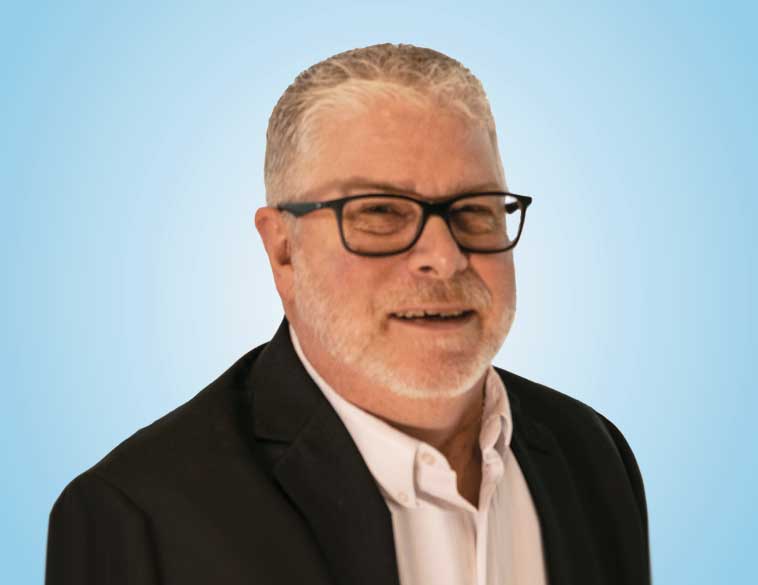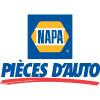Vehicle complexity means detailed repair plans are a must in today’s collision shop environment.
We have seen a huge amount of change in the collision repair space over the last two decades. From how vehicles are designed and engineered, to the materials used in their construction, to how repair procedures are performed. This has also required a major rethink in how collision centres handle processes, from the First Notice of Loss to the time the vehicle is delivered back to the customer.
Disassembled and measured
A key part to ensuring a successful repair today lies with the estimate. Constantly increasing vehicle complexity means that a traditional estimate written from outside the vehicle is essentially a waste of time today. Instead, vehicles need to be disassembled and measured. ADAS systems need to be identified and Original Equipment repair procedures must be carefully studied and understood before a collision centre can develop an accurate repair plan (this also includes ADAS on-board and system recalibration requirements).
If the extent of the damage to the vehicle is not completely discovered and understood prior to the vehicle entering the production phase of the repair, problems and inefficiencies will quickly arise. Because modern repair plans are more detailed and time consuming than traditional estimates, there needs to be proper staffing and training to ensure these plans are successfully executed. Staffing levels have had to increase significantly to manage this process properly, yet many collision centres are still not recovering these additional costs and simply cannot afford to absorb them due to shrinking repair margins.
Additionally, there has been a widening gap regarding the skills required for being an estimator versus a collision repair technician. In the past, it was common for technicians to take on the estimator role. Today, vehicle complexity means that shops need to specifically hire people for the estimating role and train them accordingly, since there is a large learning curve for new hires as well as the added pressure of fast estimate turnaround times.
Clear and concise communication
In order to manage costs and ensure profitable repairs in this brave new environment, there needs to be clear and concise communication and to date, our industry on the whole has not done a great job at communicating the challenges we face to those that provide us the work (insurers). That is why it’s so important for them to properly understand the concept of modern repair planning, including the amount of time, effort and resources it takes to perform correctly.
In the grand scheme of things repair planning is now a separate department within shop operations, much as refinishing and body repairs, meaning collision centres deserve proper ROI for it due to the direct costs resulting from the required access to repair data and software, as well as the need for continual training.
The days of the “estimate” are rapidly coming to a close and shops (and the industry as a whole) can simply no longer afford to offer free or quick “estimates” when scheduling repairs on late-model vehicles.






 MONTRÉAL
MONTRÉAL Full time
Full time


